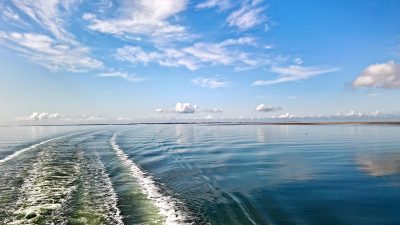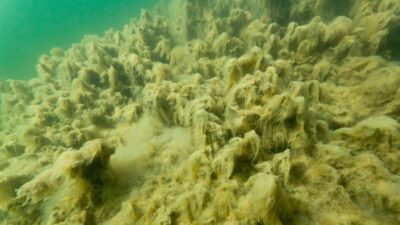We are looking for means to stop nutrient discharges at the busiest fertilizer harbours of the Baltic Sea
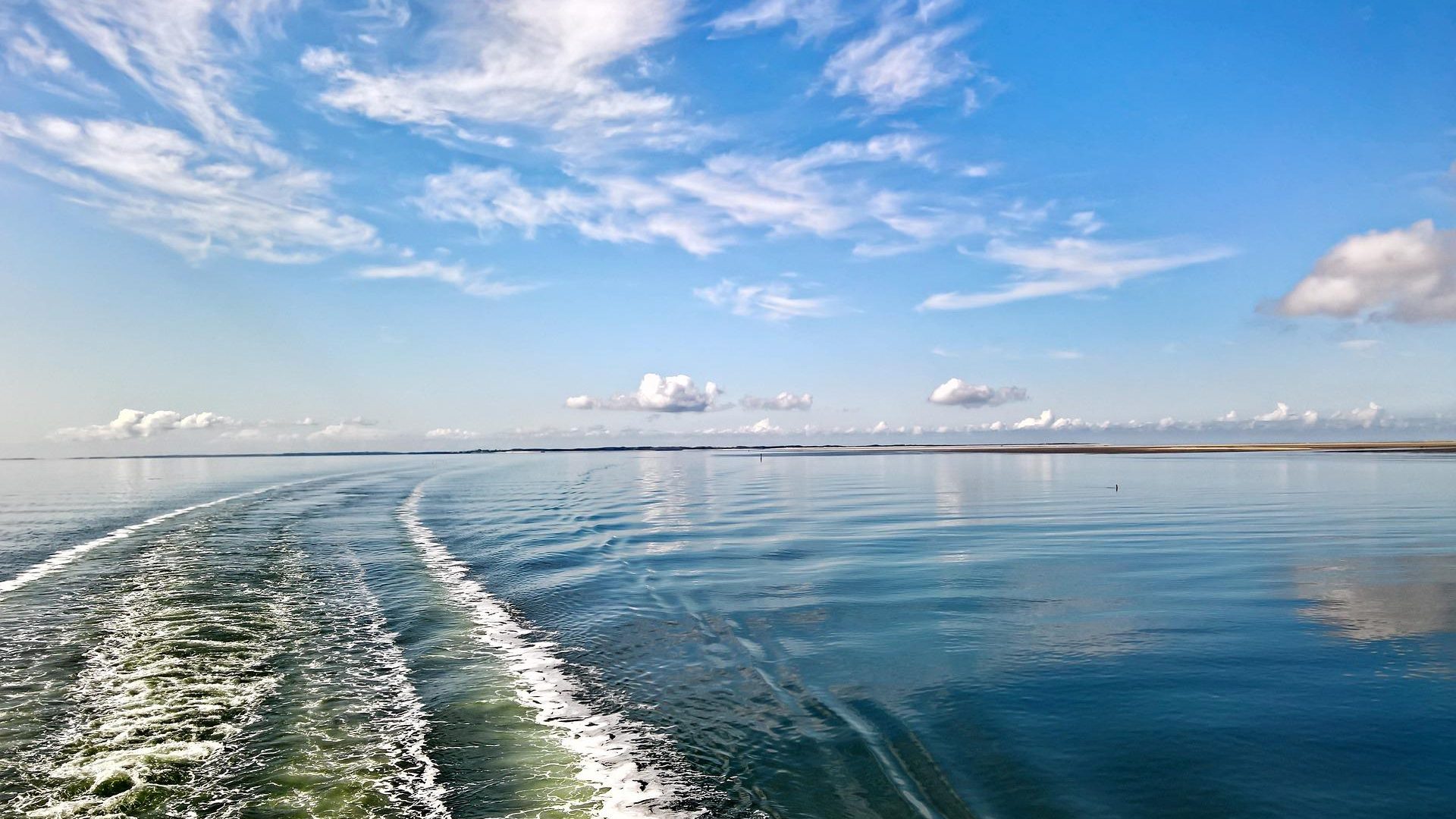
Author
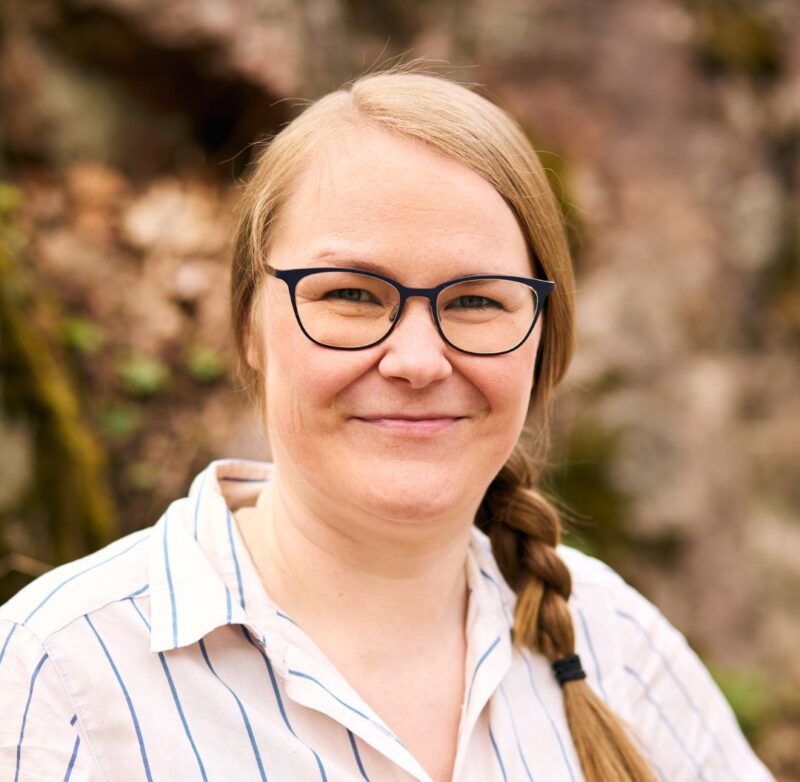
Countless ships with fertilizer cargos sail the waves of the Baltic Sea, and some of the fertilizer can unfortunately end up in the sea because of spillage. Fortunately, there are ways to prevent fertilizer spillage.
Fertilizer traffic in the Baltic Sea provides an opportunity to cut nutrient discharges significantly
As we all know, the Baltic Sea is one of the world’s busiest marine areas. Each year, more than 44 million tons of fertilizer alone sail along the waves of the Baltic Sea, and in the most recent years, fertilizer traffic has only continued to grow.
The potentially significant nutrient discharge risk related to the marine transportation of fertilizers was identified only recently. This discharge risks are related, in particular, to phosphorus fertilizers transported as bulk goods: they are prone to becoming airborne, spreading out to the environment with the winds. Also, cleaning the cargo holds of fertilizer ships in the open seas can cause fertilizer discharges directly to the Sea.
The discharges related to fertilizer shipping can, however, be prevented with very simple and cost-efficient means. We at the John Nurminen Foundation have always directed our activities to the areas where we can reduce nutrient discharges cost-efficiently, so this was a challenge we were ready to tackle.
In the spring of 2020, we launched the Fertilizer Shipping project, which seeks, together with stakeholders in the field, to find solutions for reducing the nutrient discharges related to the marine transportation of fertilizers in the entire Baltic Sea area. The project is also one of the major projects supported with funds donated via the Moomin Characters’ #OURSEA campaign.
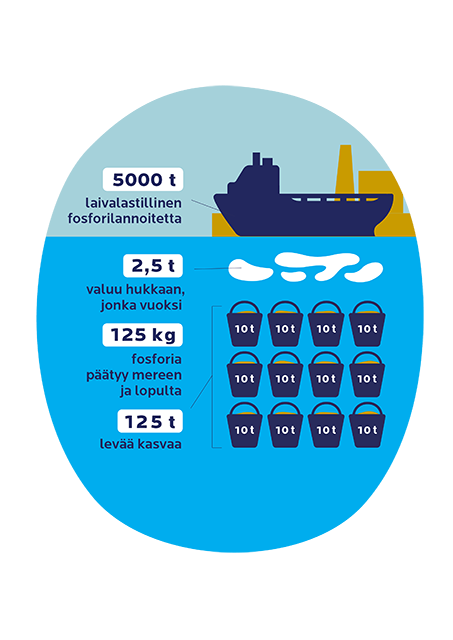
Finland to become a pioneer in curbing discharges from fertilizer shipping?
In order to prevent nutrient discharges from fertilizer transportation, we must first identify how, how much, and what type of fertilizers go through the harbours of the Baltic Sea. With the help of our international experts, we investigated what the busiest fertilizer harbours of the Baltic Sea are, so we could focus our discharge-reducing measures in them.
Three of the busiest 15 fertilizer harbours in the Baltic Sea are Finnish. Alongside Russia, Finland is the only country in Europe where apatite, a mineral used as raw material for phosphorus fertilizers, can be found. This means that Finland is an important fertilizer manufacturer, and that the majority of our fertilizer exports are transported over the Sea. Finland does in fact have a great opportunity to lift its profile as a pioneer of environmental responsibility in marine fertilizer transportation.
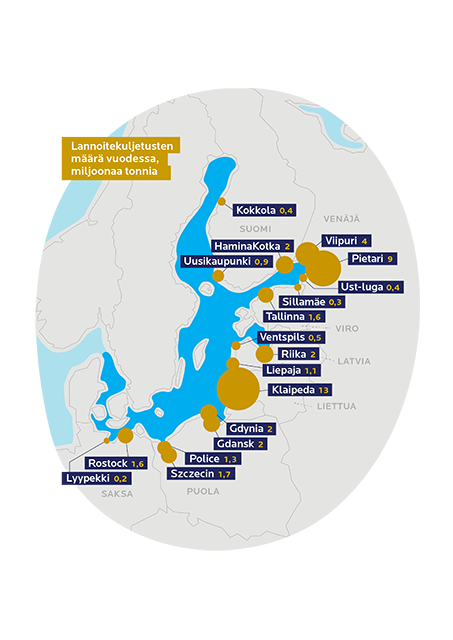
Phosphorus fertilizer produced in Russia is often transported to the world via the Baltic countries, so more busy fertilizer export harbours can be found on the eastern coast of the Baltic Sea. Some of the fertilizer ships continue their journeys to the seas of the world. In Poland and Germany, on the other hand, there are numerous fertilizer users, evident in the high levels of fertilizer imports at the harbours in the southern shore of the Baltic Sea.
Companies working with fertilizer ship loading and unloading, such as harbour operators, stevedoring and shipping companies, play a key role in fertilizer discharge prevention. In the Fertilizer Shipping project, we work in close cooperation with the companies and other stakeholders of the field. Our goal is to identify best practices and methods for discharge prevention, and to disseminate them to the busiest fertilizer harbours around the Baltic Sea.
